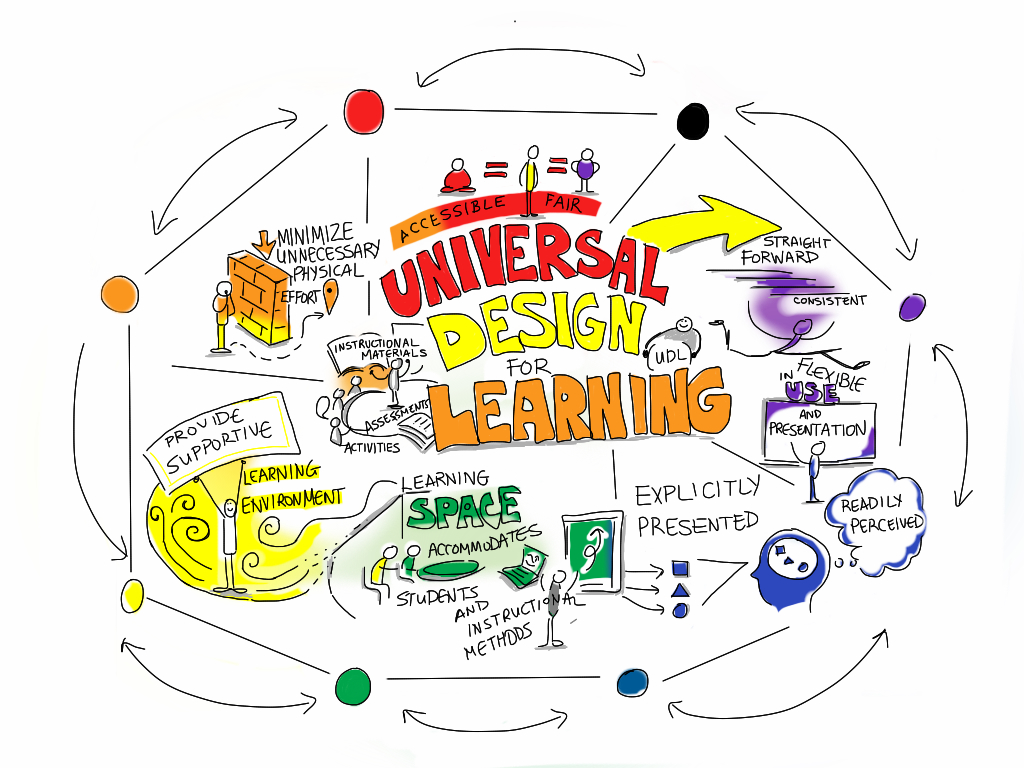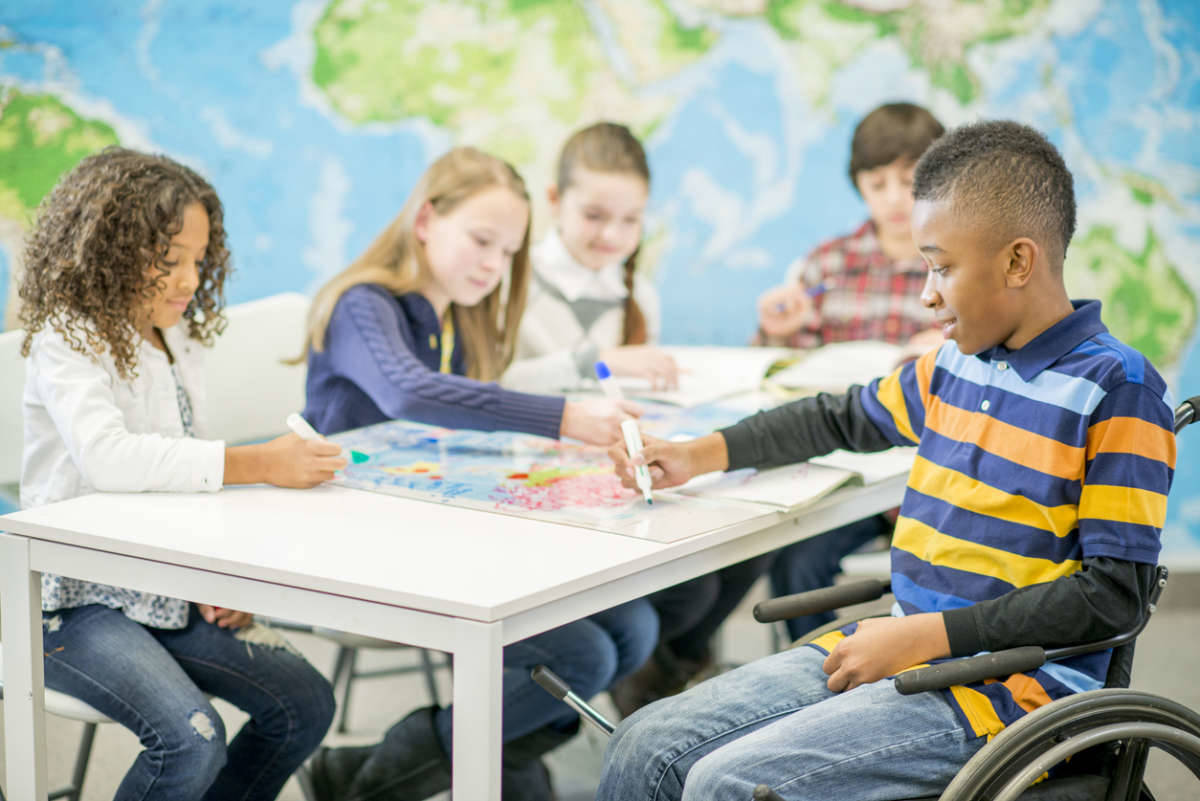Smear Campaigns, Character Assassination, and the Erosion of Institutional Trust in Modern Information Ecosystems: A Critical Analysis


@jorgebscomm for @empowervmedia*
FACT CHECKED ✅
In a world striving for equitable education, inclusive classrooms stand as cornerstones of fostering diverse learning environments. Inclusive education ensures all students, irrespective of their backgrounds, abilities, or learning styles, have equal access to quality learning opportunities and feel valued and supported in their educational journeys. However, creating truly inclusive classrooms requires a multifaceted approach, and visual communication emerges as a powerful tool in this endeavour. Today we investigate how various visual communication methods can contribute to fostering inclusivity in diverse learning environments.
 |
| Visual communication: a powerful tool in creating inclusive classrooms 📷: UCT |
Frameworks like Universal Design for Learning (UDL) emphasize accessibility, engagement, and representation as key principles for inclusive education. These principles translate to classrooms that offer multiple means of representation, action and expression, and engagement to cater to diverse learning styles and needs (CAST, 2018).
 |
| Universal Design for Learning (UDL) 📷: USF |
Research by Mayer (2021) and Rose and Meyer (2002) demonstrates the profound influence of visuals on cognitive processing and comprehension. Visuals can break down complex information, engage diverse learners, and enhance knowledge retention, particularly for visual and kinaesthetic learners (Narmatha & Balasubramaniam, 2023).
Visual communication transcends linguistic barriers, fostering inclusivity in multicultural classrooms (Crespi & Scocco, 2021). Additionally, visuals can bridge cognitive gaps and empower students with diverse learning abilities through adaptable formats like infographics, diagrams, and manipulatives (Bass & Lawrence Riddell, 2020).
• Infographics break down complex information into visually appealing chunks, aiding comprehension for struggling readers and visual learners (Davis, 2022).
• Images represent diverse cultures, perspectives, and experiences, promoting inclusivity and challenging stereotypes (Voodgt, 2022).
• Videos engage kinaesthetic learners and provide multiple perspectives, fostering inclusive understanding, particularly through interactive simulations and closed captions (Finn, 2022).
• Manipulatives offer tactile learning experiences, benefiting students with learning disabilities and diverse cognitive styles (Obaid, 2013).
Visuals can be adapted through color-coding, annotations, audio descriptions, and alternative text descriptions to cater to visual impairments, learning disabilities, and diverse cognitive needs (CAST, 2018). Additionally, using diverse representations and cultural references promotes inclusivity and avoids stereotyping.
Research by Kelly and Kortegast (2023) demonstrates that utilizing visual methods improves student engagement, knowledge retention, and overall academic performance. Additionally, visuals can foster empathy and cultural understanding in diverse classrooms (Humairoh, 2023).
Cost, access to technology, and teacher training can pose challenges in implementing visuals effectively. Addressing accessibility concerns and ensuring visuals are culturally inclusive are crucial considerations.
• Conduct a needs assessment to understand the diverse learning styles and needs of your students.
• Select visuals that align with learning objectives and cater to multiple modes of representation.
• Ensure accessibility by incorporating alternative text descriptions, closed captions, and diverse representations.
• Train yourself in employing visuals effectively and encourage student collaboration in creating visuals.
 |
| Diverse learners, united by visuals 📷: teachervision |
Visual communication emerges as a powerful tool in fostering inclusivity in diverse learning environments. By harnessing the potential of visuals, educators can create classrooms that are accessible, engaging, and empowering for all students. Let us embrace the transformative power of visual communication and move beyond words to create classrooms where every student can thrive, express themselves authentically, and embark on a journey of learning that unlocks their full potential. Embrace the visual language of inclusivity, and together, let's paint classrooms with vibrant understanding, empathy, and shared success.
*AI assisted
Comments